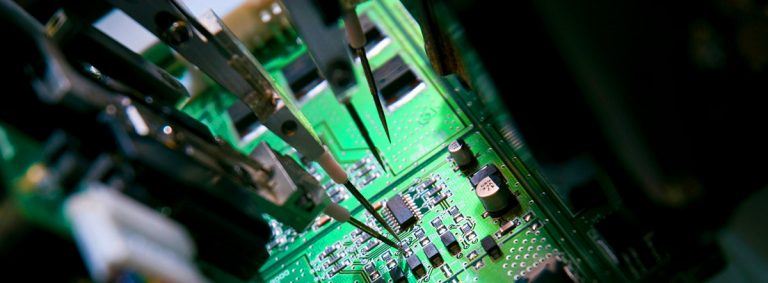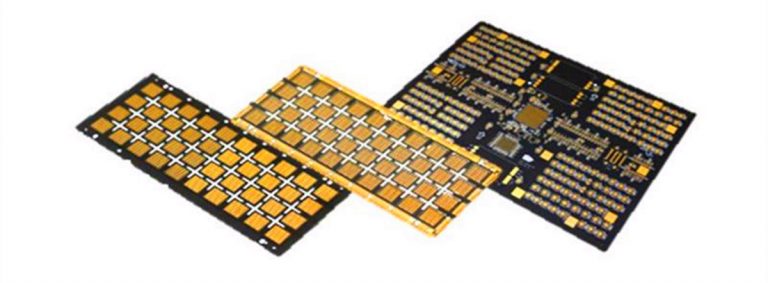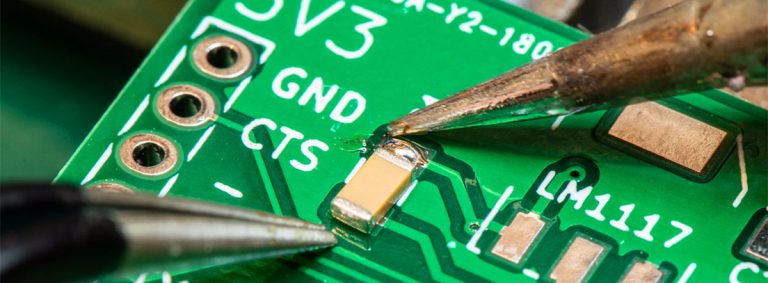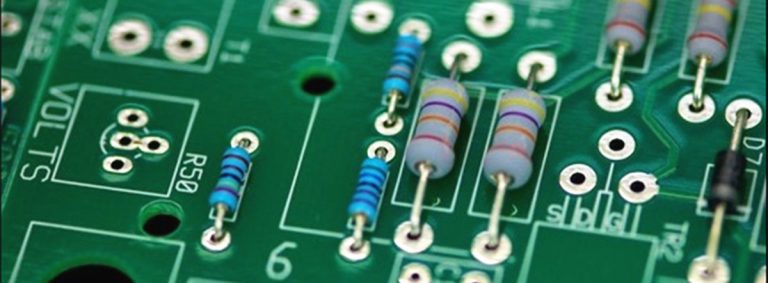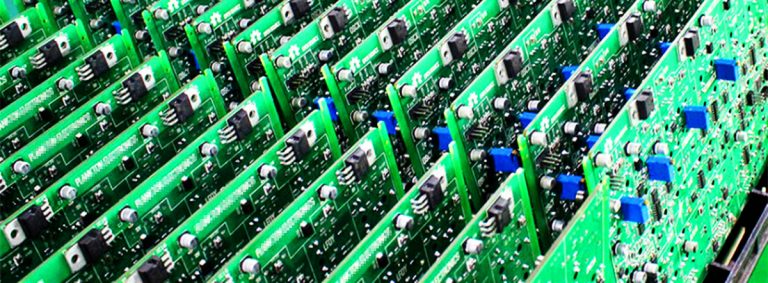What are the Main Factors of How to Avoid PCB Soldering Defects?

How to Avoid PCB Soldering Defects?
1. The solderability of the pcb circuit board holes affects the soldering quality
The poor solderability of the circuit board holes will cause virtual welding defects, affecting the parameters of the components in the circuit, resulting in unstable conduction of the components and inner layers of the multi-layer board, causing the entire circuit function to fail.
2. Welding defects caused by warpage
Circuit boards and components are warped during the welding process, and defects such as virtual welding and short circuits are generated due to stress deformation. Warpage is often caused by an unbalanced temperature between the upper and lower parts of the board. For large PCBs, warping will also occur due to the board’s own weight falling.
Ordinary PBGA devices are about 0.5mm away from the printed circuit board. If the device on the circuit board is large, the solder joint will be under stress for a long time as the circuit board cools down and returns to its normal shape. If the device is raised by 0.1mm, it is enough to cause Weld open circuit.
3. The design of the fr4 pcb board affects the soldering quality
In terms of layout, when the size of the circuit board is too large, although the soldering is easier to control, the printed lines are long, the impedance increases, the anti-noise capability decreases, and the cost increases; if it is too small, the heat dissipation decreases, the soldering is difficult to control, and adjacent lines are prone to appear. Mutual interference, such as electromagnetic interference of circuit boards, etc. Related recommendation: What problems should be paid attention to when drawing PCB from the welding point of view?
To sum up the above, in order to ensure the overall quality of the PCB board, in the production process, it is necessary to use excellent solder, improve the solderability of the Electronics PCB board, and prevent warpage to prevent defects.



